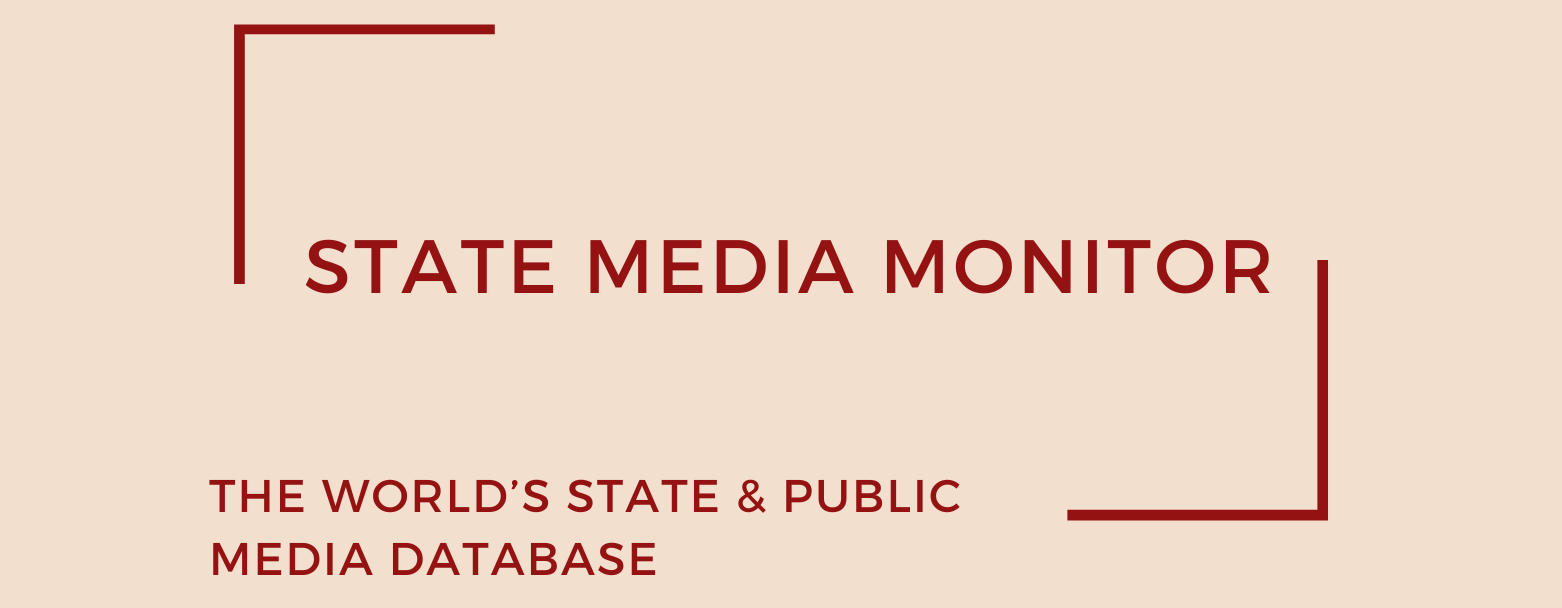2M
Launched in 1989, 2M is one of Morocco’s most prominent television broadcasters, originally established by ONA Group, a royal-owned conglomerate. Over time, the channel has evolved into a key pillar of Morocco’s media ecosystem, comprising both a national television channel and a radio station under the same brand. Initially intended as a semi-public, commercially driven broadcaster, 2M’s trajectory has shifted markedly in recent years.
As part of a sweeping state-led media consolidation, Société Nationale de Radiodiffusion et de Télévision (SNRT)formally acquired 2M in May 2021, integrating it into a wider plan to establish a state-run media conglomerate tentatively referred to as Media Holding Public.
Although the merger process is still underway in 2025, until SNRT fully integrates 2M in its operations, we will maintain 2M’s profile in the State Media Monitor database.
Media assets
Television: 2M
Typology: See SNRT
Ownership and governance
2M’s ownership history reflects its hybrid commercial–political positioning. Originally part of ONA, Morocco’s royal business holding, the broadcaster was sold to the state in 1999, with SOREAD (Société d’Études et de Réalisations Audiovisuelles) taking majority control (72%).
The Moroccan royal family, through Société Nationale d’Investissement (SNI)—now rebranded as Al Mada—continued to hold a minority stake of roughly 20% in 2M for years, maintaining a degree of influence over its governance.
In May 2021, SNRT—entirely state-owned—acquired the entirety of SOREAD’s shares, including the stakes held by Al Mada, signaling a decisive shift in 2M’s institutional identity. The move was part of a broader initiative announced by the government to bring 2M, Medi1TV, and SNRT under one public umbrella, streamlining governance and optimizing state media resources. By early January 2025, SNRT had completed the acquisitions of both 2M and Medi1TV.
Despite the acquisition, 2M maintains a separate legal and web presence, pending full integration into the SNRT-led holding. Public statements from SNRT’s CEO suggest this process will be completed in 2025, with a single administrative and editorial structure replacing the current model.
When the consolidation of the media companies into Media Holding Public is completed, we will move 2M’s profile to SNRT. In the 2023 State and Public Media Global List, we already included 2M in the SNRT’s portfolio.
Source of funding and budget
2M has historically relied heavily on advertising revenue as its primary source of income. However, the station’s operator, SOREAD, had posted sustained financial losses over several years prior to the state buyout.
The government’s 2021 announcement of a merger between SNRT, 2M, and Medi1TV was framed as a response to these inefficiencies and as a means of safeguarding the future of Moroccan public broadcasting through consolidation and restructuring.
As of 2024, financial figures specific to 2M are no longer published independently. Instead, its revenues and expenditures are expected to be gradually absorbed into the broader SNRT budget, which for 2024 was estimated at approximately MAD 1.9 billion (USD 180 million), according to Morocco’s 2025 Finance Law.
Editorial independence
Despite the absence of explicit editorial directives imposed by law, 2M has long been perceived as editorially aligned with the Moroccan state. Although it offers a relatively wide range of programming—including entertainment, cultural features, and social issues—its news and political coverage consistently avoid criticism of the authorities.
Local journalists and media analysts interviewed for this report in May 2024 and May 2025 emphasized that this self-censorship is entrenched, and has deepened following the acquisition by SNRT. The prevailing consensus is that 2M has become even more of a government mouthpiece, both through formal alignment and informal editorial practices.
No independent oversight body or external evaluation mechanism exists to audit or validate 2M’s editorial integrity. With SNRT’s full control imminent, these concerns are likely to persist or intensify unless structural reforms are introduced.
July 2025
Citation (cite the article/profile as part of):
Dragomir, M. (2025). State Media Monitor Global Dataset 2025.
Media and Journalism Research Center (MJRC).
Zenodo.
https://doi.org/10.5281/zenodo.17219015
This article/profile is part of the State Media Monitor Global Dataset 2025, a continuously updated dataset published by the Media and Journalism Research Center (MJRC).
